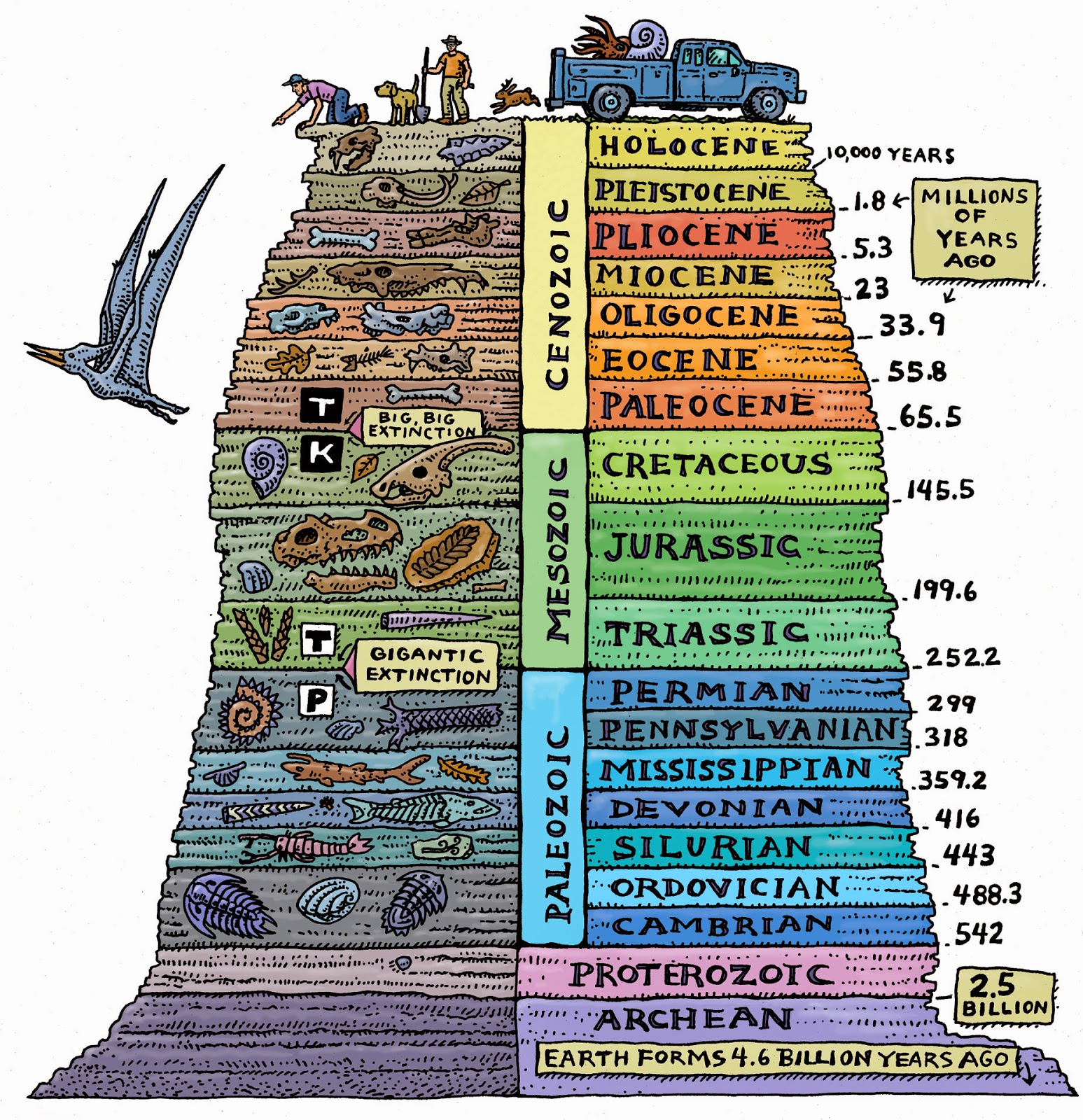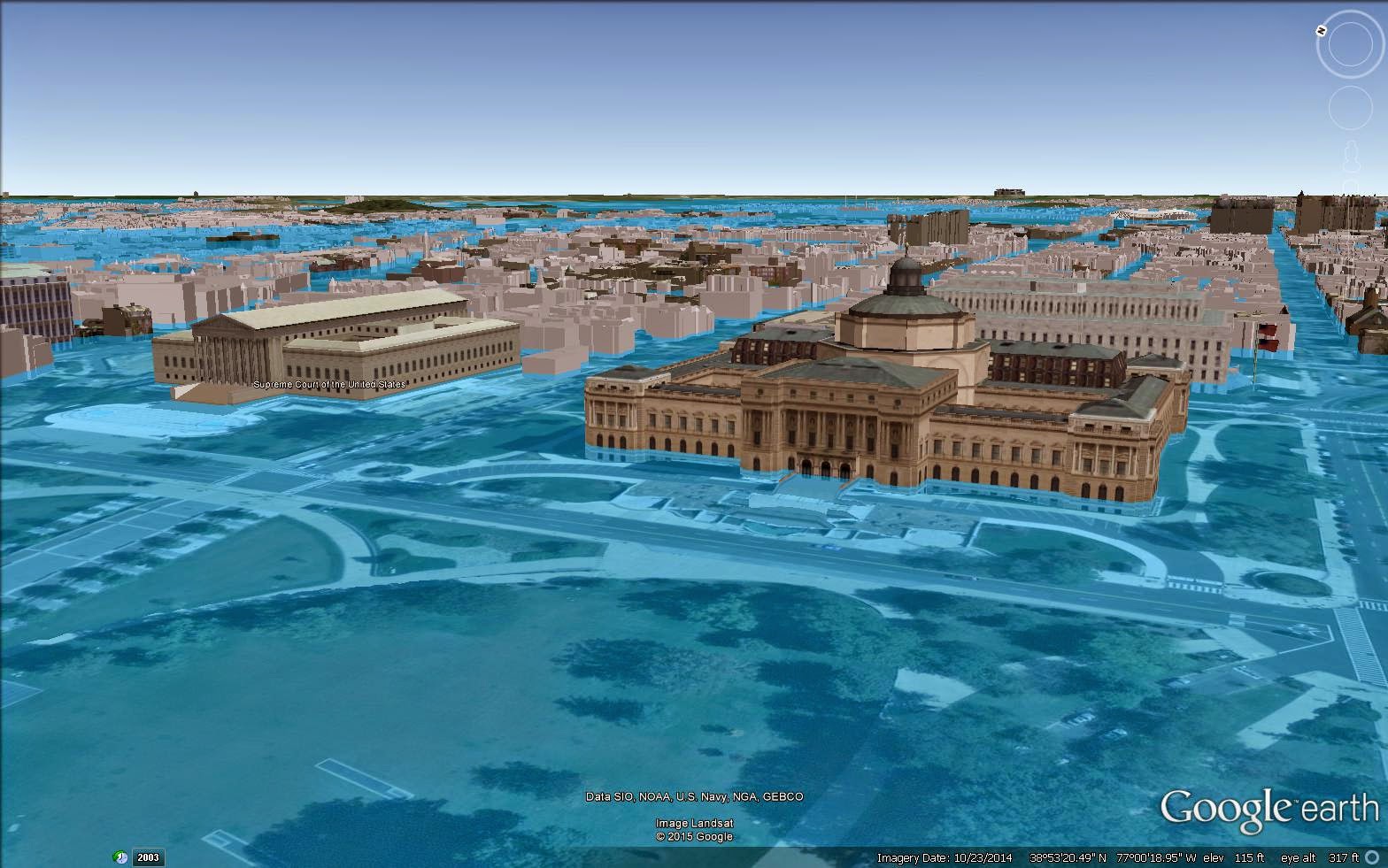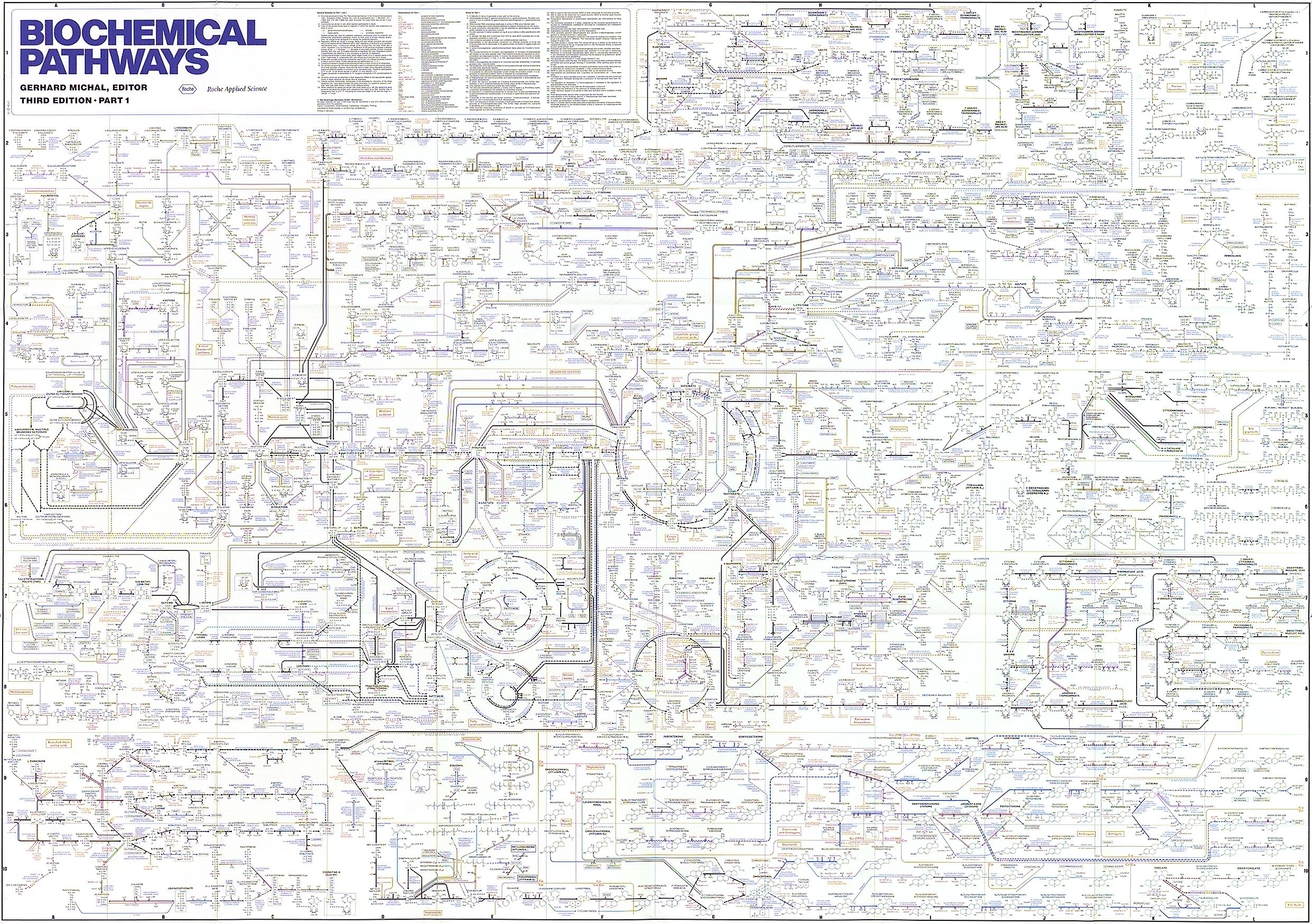Category: science
-
Educational Science Games for Teenagers

Educational games can be competitive – teams can vie to build a better tool, such as a water balloon catapult or battling robots. More often, educational games are cooperative activities. You may build something with others, or construct something virtually based on real-world physics using a computer. Learning by doing is the essence of applied… Read more
-
Fossil Bike Tour in the District

If you’re looking for a unique local bike tour in Washington, DC, here’s an idea. Christopher Barr developed a terrific list of locations with accessible fossils embedded in Washington’s architecture at http://dcfossils.org/index.php/ So I put together this map, which presents the locations in an order that can be followed for an educational afternoon ride around… Read more
-
Dry Past, Wet Future

I live in the Washington, DC area and sometimes walk or bike by the Supreme Court. Like several other DC buildings and museums, it borrows from Greek and Roman architectural traditions and sports a facade that resembles the Parthenon atop the Acropolis in Athens. The Parthenon was constructed in 447 BC and has been there… Read more
-
What’s the Oldest Form of Life?

When I was in high school, we’d study simple forms of life – single cell life, like a paramecium. And the thing that consistently impressed me was how incredibly complicated these life forms of were. We’d examine a single, basic cell, and find it was amazingly sophisticated. It sparked a powerful interest in developing a… Read more